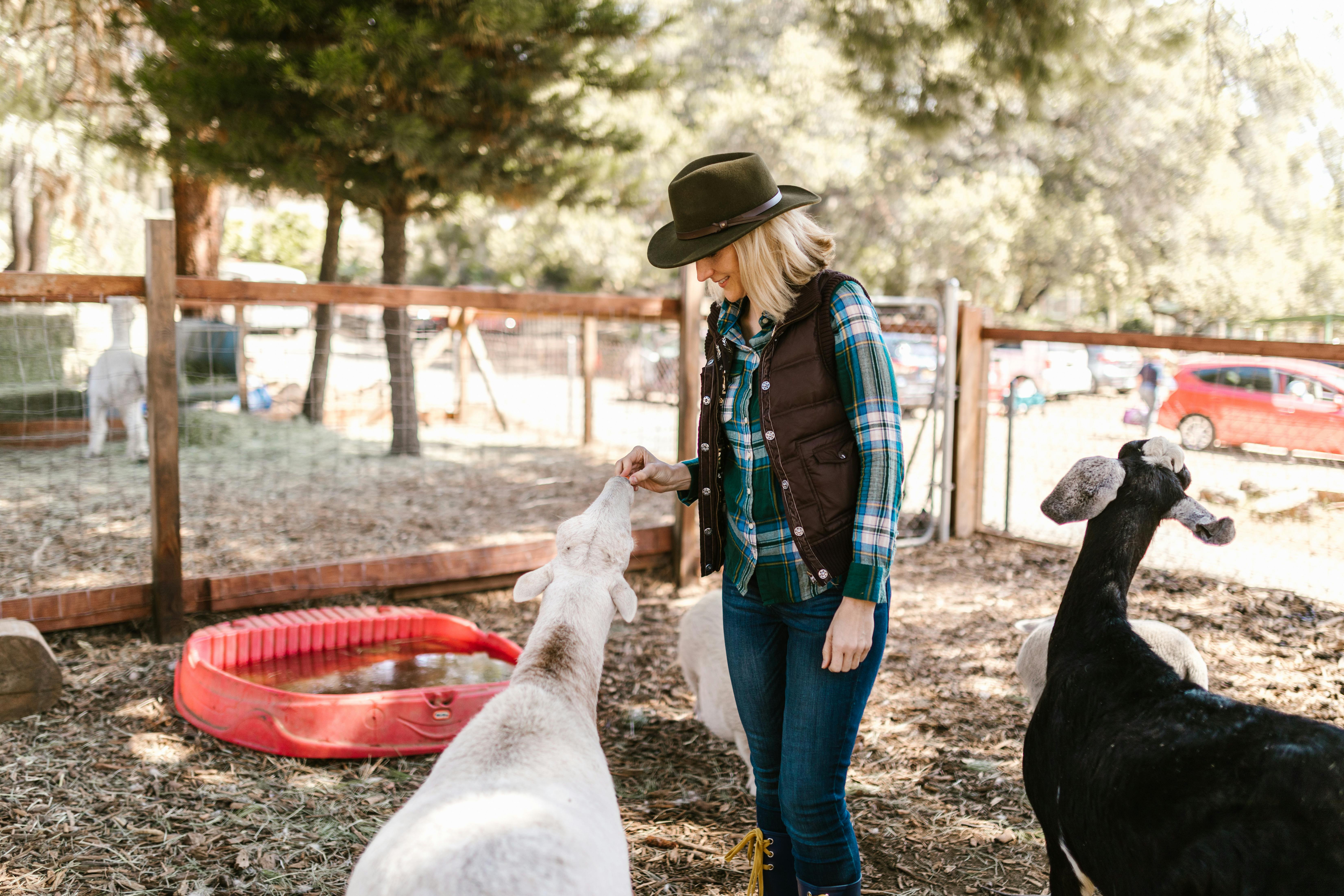
The Changing Landscape of Farming in England
From occupation to pastime: what the data shows
England's farming is undergoing a structural shift: the number of holdings recorded with no economic output has risen sharply, while large, commercially active farms have declined. Profitability pressures, reliance on subsidies, and diversification into non-farming income streams now define many businesses.
This comprehensive analysis examines the transformation of English farming from occupation to pastime, using official government data and industry reports to understand the implications for rural land use and policy.
Table of Contents
Key Trends in Farm Numbers and Scale
As of 2023, official data indicates the total number of farm holdings in England is just over 102,000. Notably, a substantial portion of these holdings do not generate significant agricultural income. The number of farms recorded as having "no economic output" in England sharply increased from 90,000 to 115,000 within a recent single year, a development attributed to the combined effects of challenging market conditions and evolving lifestyle preferences among rural landowners.
In contrast, the number of large, commercially active farms has fallen to about 15,000, reflecting both the consolidation of agricultural businesses and the mounting economic hurdles for maintaining large-scale production.
Farm Size Distribution
- Small Holdings: Almost half of all farms in the UK are under 20 hectares, with these smaller holdings accounting for a modest share of total agricultural output.
- Large Farms: Those of 100 hectares or more, often considered large farms, number about 24,000 in England.
- Output Concentration: Approximately 9% of England's very high-output farms generate over 60% of total agricultural output, utilizing 35% of the land area.
Farm Income, Economic Output, and Diversification
In terms of profitability and economic sustainability, most farm business types in England have seen farm incomes fall during the most recent reporting period. The 2023/24 average Farm Business Income (FBI) for all farm types in England was £41,500, down from the previous year's exceptional highs.
Income Distribution Challenges
- Negative Income: 30% of farms reported a negative FBI, highlighting the economic pressures facing many agricultural businesses.
- High Performers: Only 30% of farms exceeded £50,000 in FBI, demonstrating the income inequality within the sector.
- Subsidy Dependence: Average government support via the Basic Payment Scheme accounted for 40% of total FBI, with income from agri-environment activities increasing by 14%.
Diversification Strategies
Farm businesses have increasingly diversified. Over the period 2020/21 to 2022/23, diversification and agri-environment activities accounted for a growing share of average income. Diversification strategies include:
- Rural tourism and hospitality
- Renewable energy generation
- Equestrian activities and facilities
- Letting out land or buildings
Structural and Demographic Shifts
Demographic and tenure trends also reinforce the changing nature of English farming. The majority of farms are owner-occupied (54%), but there is a notable segment (14%) that is wholly tenanted, with mixed tenure (owner plus rented) making up the rest.
Age Profile Challenges
- Wholly Tenanted Holdings: Tend to have a younger age profile among farm managers.
- Aging Workforce: The overall sector faces an aging workforce, with over a third of farm holders above the age of 65.
- Succession Planning: This demographic shift raises questions about future farm management and succession planning.
Regional and Sectoral Profiles
Farming structure and output vary by region and specialization across England, reflecting local geography, climate, and market conditions.
Sectoral Distribution
- Lowland Livestock Farms: Most numerous (30% of total), concentrated in traditional grazing areas.
- Cereal Farms: Cover the greatest share of land area (34% of total), primarily in eastern England.
- Dairy and Beef: Dominate throughout much of the West of England.
- Pig and Poultry: Cluster near feed sources and processing facilities.
Living and Lifestyle: The New Rural Trend
The marked increase in farms with no economic output signals an evolution toward country living as a lifestyle. Many of these holdings are managed as smallholdings, hobby farms, or lifestyle estates.
Lifestyle Farming Characteristics
- Stewardship Focus: Rural residence and stewardship of land hold intrinsic value, beyond the pursuit of commercial farming profits.
- Conservation Role: Such holdings often conserve habitats and engage with local communities.
- Recreational Function: Serve recreational/family functions rather than act as full-time economic units.
- Environmental Benefits: Contribute to landscape preservation and biodiversity.
Conclusion
The transformation of English farming from occupation to pastime represents a fundamental shift in rural land use and management. Key findings include:
- The number of English farms with no economic output rose dramatically in the last reporting year, while large, economically active farms declined to around 15,000.
- Farm profitability is under sustained pressure across most sectors, with diversification and subsidy dependence increasing.
- Smallholdings and lifestyle farms now make up the majority by number, though not by output.
- Country living in rural England is, for many, more of a pastime or amenity than a commercially driven occupation, a trend with broad implications for rural policy, planning, and community development.
Table of Contents
Explore Land Opportunities with Landlister
Whether you're seeking a working farm, a smallholding, or a lifestyle plot, Landlister helps you discover high‑quality land and rural properties across the UK. Browse live listings, compare regions, and connect with specialist agents.
Sources
- Department for Environment, Food & Rural Affairs (Defra). "Farm Business Income by type of farm in England 2023/24." GOV.UK. Published March 10, 2025.
- Agriculture in the United Kingdom 2024. Department for Environment, Food & Rural Affairs (Defra), Welsh Government, Northern Ireland Department of Agriculture, Scottish Government. Published July 2024.
- Farming Evidence Pack. Department for Environment, Food & Rural Affairs (Defra). Published September 2024.
- Agriculture in the UK Evidence Pack. Defra. Published September 2022.